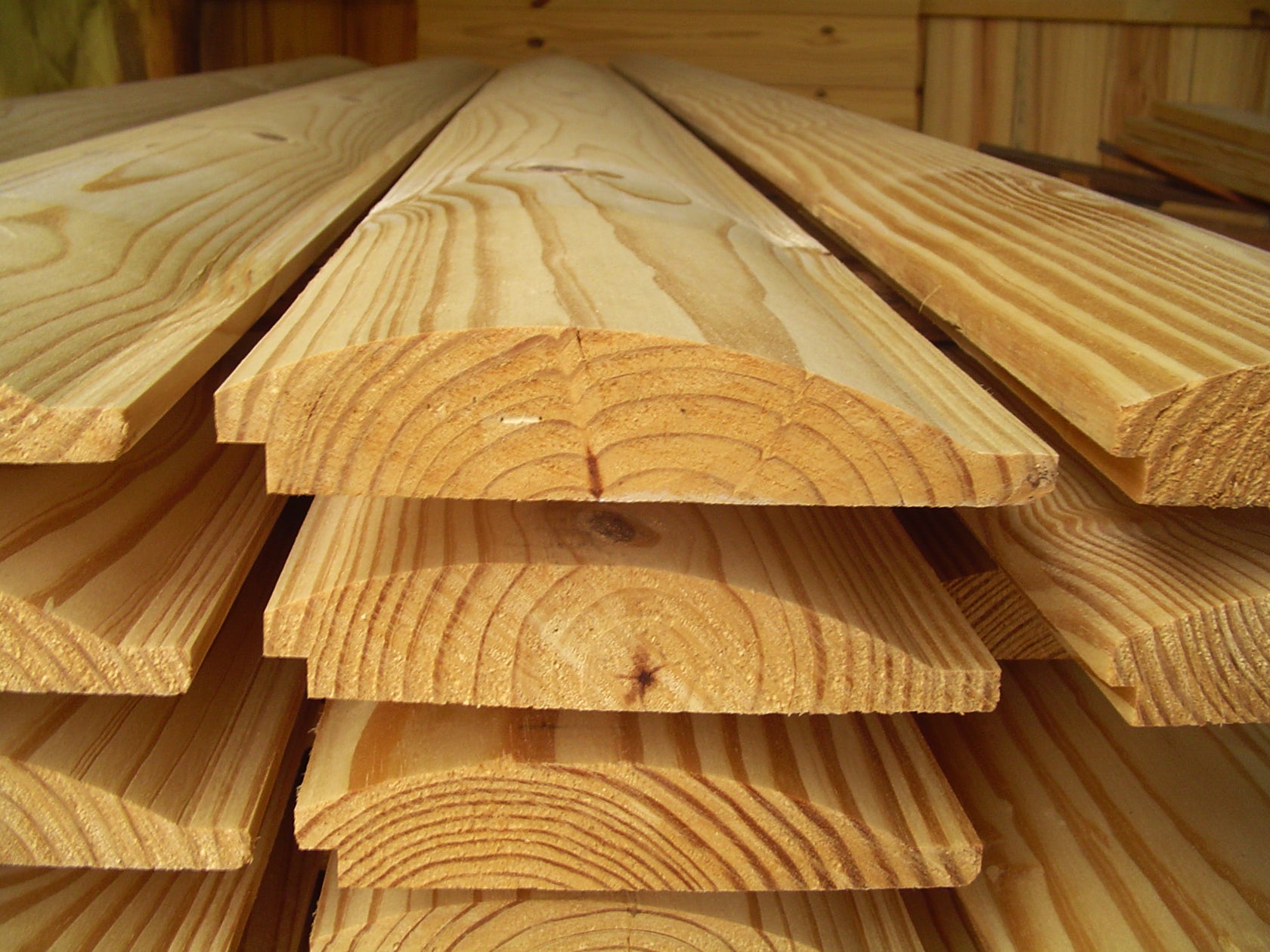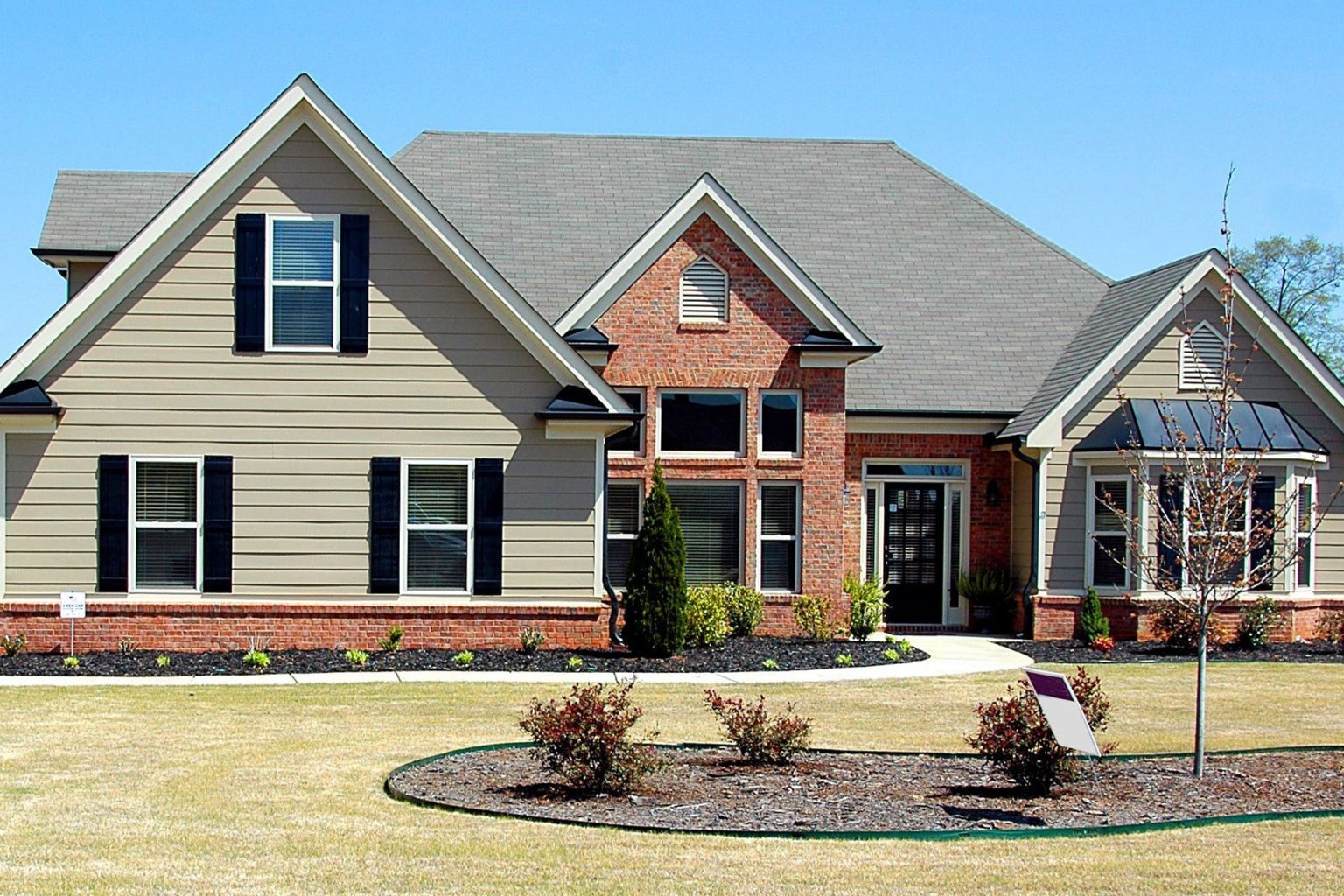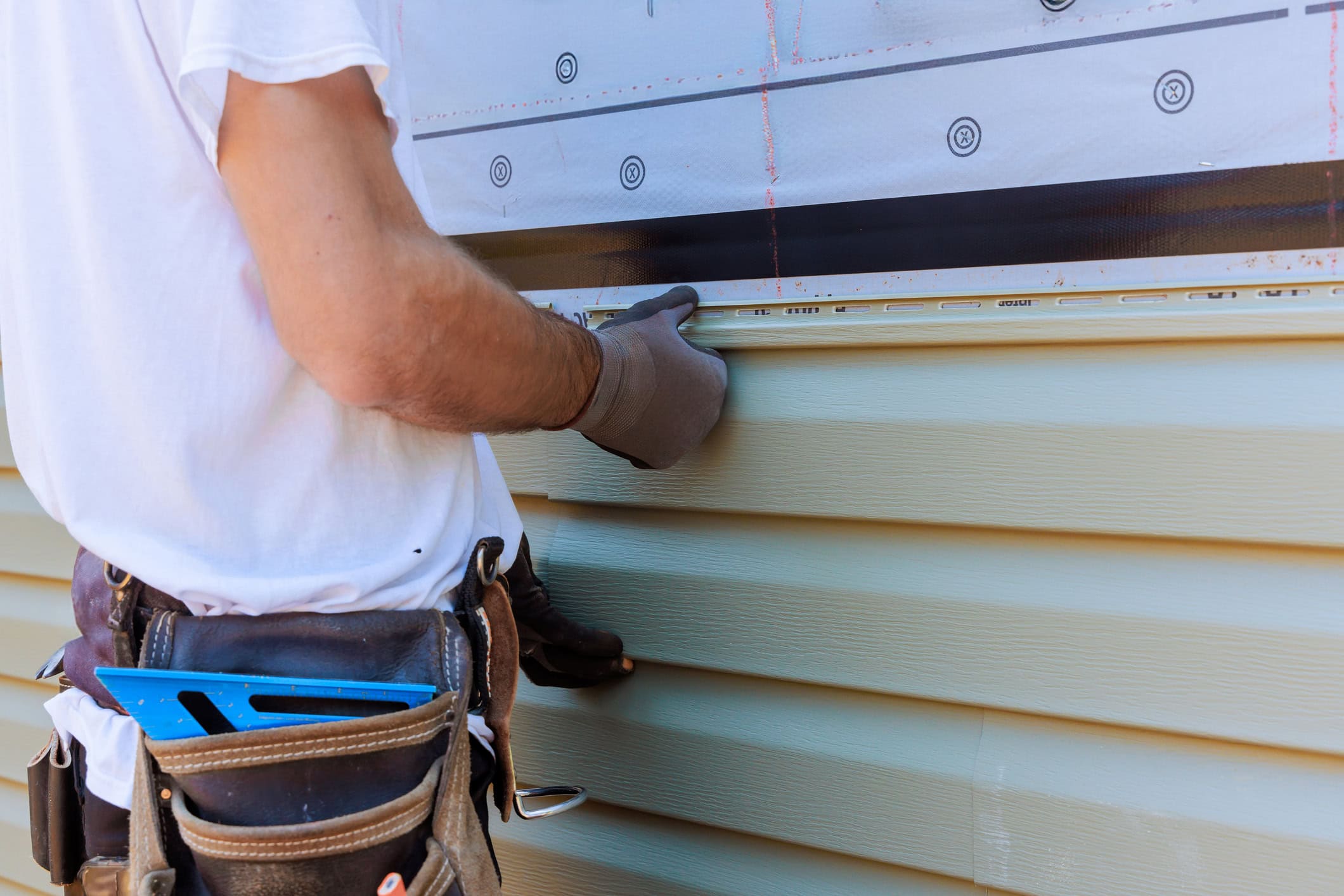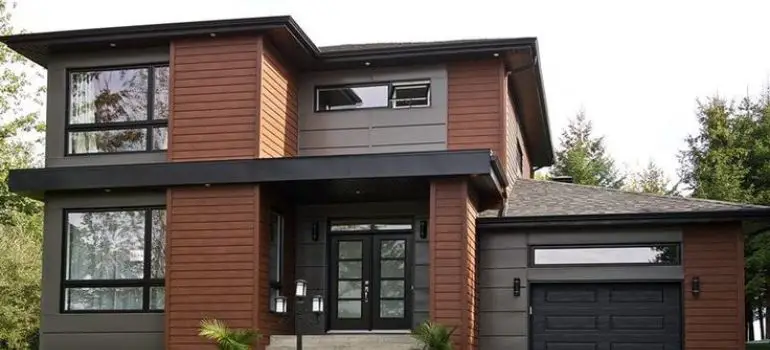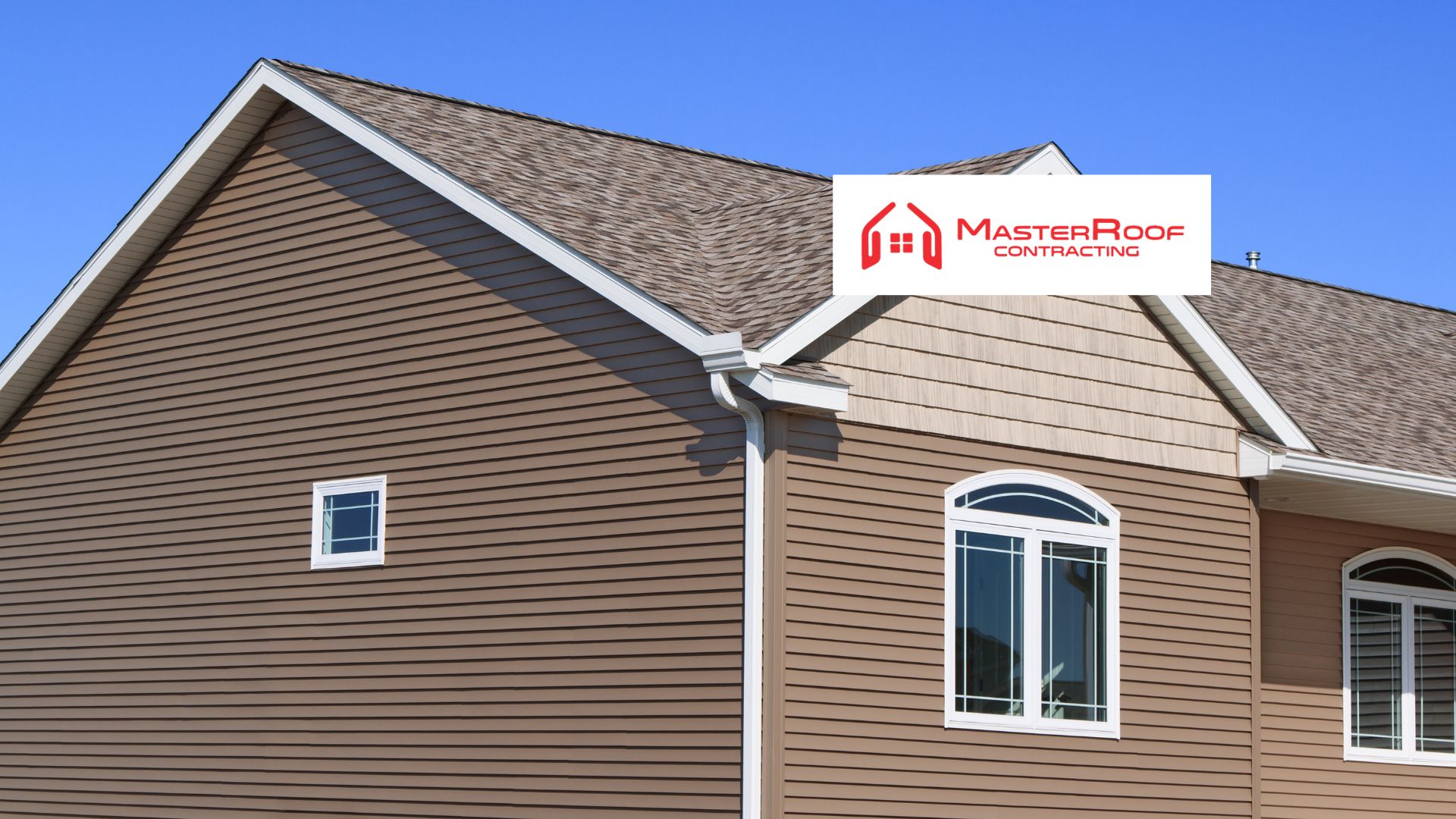Siding Repair: A Comprehensive Guide
Siding repair is more than just patching holes; it’s about preserving your home’s curb appeal and protecting its structure. This guide delves into the various types of siding damage, from subtle cracks to significant warping, exploring the causes, repair methods, and necessary materials. We’ll cover everything from choosing the right caulking to mastering essential repair techniques, ensuring your siding remains a strong, beautiful barrier for years to come. Understanding the costs involved and implementing preventative measures will also be addressed, empowering you to make informed decisions regarding your home’s exterior.
Types of Siding Damage
Understanding the different types of siding damage is crucial for effective repair. Knowing the cause and visual characteristics of the damage helps determine the appropriate repair method and prevents further deterioration of your home’s exterior. This section will detail common siding damage types, their causes, and suitable repair strategies.
Siding Damage Types, Causes, and Repair
The following table summarizes common siding damage types, their causes, and typical repair methods. Note that the specific repair method may vary depending on the severity of the damage and the type of siding material.
| Damage Type | Description | Common Causes | Repair Methods |
|---|---|---|---|
| Cracks | Fine lines or splits in the siding material, often appearing as hairline fractures or larger separations. | Shrinkage due to moisture changes, impact damage, age, improper installation. | Caulking, patching with matching siding material, replacing damaged sections. |
| Holes | Breaches in the siding material, ranging from small punctures to large openings. | Impact from objects (e.g., hail, branches, projectiles), animal damage, rot, improper installation. | Patching with matching siding material, replacing damaged sections. For larger holes, more extensive repairs may be needed. |
| Warping | Distortion of the siding material, causing it to buckle, swell, or curve. | Moisture absorption, extreme temperature fluctuations, improper installation, age. | Replacing warped sections, addressing underlying moisture issues (e.g., proper ventilation, drainage). |
| Rotting | Decay of the siding material, often accompanied by discoloration, softness, and a spongy texture. | Prolonged exposure to moisture, lack of proper ventilation, insect infestation. | Replacing rotten sections, addressing underlying moisture issues, treating for insect infestation. |
Visual Characteristics of Siding Damage
Visual inspection is the first step in assessing siding damage. Cracks may appear as thin lines, often radiating from a point of impact. Larger cracks may be accompanied by gaps or separation of the siding material. Holes present as obvious openings in the siding, ranging in size and shape. Warping is characterized by an uneven surface, with the siding bowing or buckling. Rotting siding often appears darker in color than surrounding areas, feels spongy or soft to the touch, and may crumble easily.
Typical Locations of Siding Damage
Specific types of siding damage frequently occur in certain areas of a house. For example, cracks and holes are common near corners, edges, and areas subject to impact. Warping is often observed in areas with prolonged sun exposure or poor drainage, leading to moisture accumulation. Rotting is frequently found at ground level, near gutters, and in areas with poor ventilation. Areas around windows and doors are also vulnerable to various types of damage due to potential water penetration and settling.
Siding Repair Materials
Choosing the right materials is crucial for successful siding repair. The longevity and aesthetic appeal of your repair depend heavily on the quality and suitability of the products used. Selecting materials compatible with your existing siding is paramount to prevent further damage and ensure a seamless finish.
The selection of materials will vary depending on the type of siding and the extent of the damage. However, some common materials are consistently utilized across various repair projects.
Common Siding Repair Materials
Several materials are commonly employed in siding repair, each possessing unique properties and best suited for specific applications. The correct choice depends on factors such as the type of siding, the severity of the damage, and the desired outcome.
- Caulk: A versatile sealant used to fill small gaps and cracks, preventing water intrusion. Acrylic latex caulk is a popular choice for its flexibility, paintability, and ease of application. Silicone caulk offers superior water resistance but is less paintable.
- Sealants: Similar to caulk, but often formulated for more demanding applications, such as sealing around windows and doors. They provide a stronger, more durable seal against moisture and air infiltration. Butyl rubber sealant is known for its excellent adhesion and resistance to extreme temperatures.
- Patching Compounds: Used to fill larger holes and damaged areas. These compounds are typically epoxy-based or polyurethane-based, offering excellent adhesion and durability. They can be sanded and painted to match the surrounding siding.
- Wood filler: For wood siding repairs, wood filler is used to fill cracks, holes, and other imperfections. It’s available in various colors and can be sanded smooth for a seamless finish. Choose a filler that matches the wood species and color.
- Vinyl siding repair patches: Specifically designed for vinyl siding, these patches come in various colors and sizes to seamlessly blend with the existing siding. They are typically applied with adhesive and provide a quick and effective solution for minor damage.
- Aluminum siding repair patches: Similar to vinyl repair patches, these are specifically designed for aluminum siding. They often come with pre-cut holes for fasteners to ensure secure attachment.
- Fasteners: Appropriate fasteners are essential for securing repair patches and ensuring longevity. Galvanized nails or screws are commonly used for wood and aluminum siding, while specialized fasteners are available for vinyl siding to prevent damage.
Comparison of Caulking, Sealants, and Patching Compounds
While caulks, sealants, and patching compounds all serve to fill gaps and repair damage, their properties and applications differ significantly. Understanding these differences is critical for selecting the right product for the job.
- Caulk is typically used for smaller gaps and cracks, offering flexibility and paintability. It’s less durable than sealants and patching compounds.
- Sealants provide a stronger, more durable seal, often used in areas requiring greater water and air resistance. They are less flexible than caulk and may not be easily paintable.
- Patching compounds are designed for larger holes and damaged areas, offering excellent adhesion and durability. They often require sanding and painting to match the surrounding siding.
Material Compatibility with Different Siding Types
Choosing compatible materials is crucial for successful and long-lasting repairs. Improper material selection can lead to further damage and premature failure of the repair.
| Repair Material | Vinyl Siding | Wood Siding | Aluminum Siding |
|---|---|---|---|
| Acrylic Latex Caulk | Good | Good | Fair |
| Silicone Caulk | Fair | Good | Good |
| Butyl Rubber Sealant | Fair | Good | Good |
| Epoxy Patching Compound | Poor | Good | Good |
| Polyurethane Patching Compound | Fair | Good | Good |
| Vinyl Siding Repair Patches | Excellent | N/A | N/A |
| Aluminum Siding Repair Patches | N/A | N/A | Excellent |
Siding Repair Techniques
Repairing damaged siding involves a methodical approach, ensuring a durable and aesthetically pleasing finish. The specific techniques will vary depending on the type of siding and the extent of the damage, but the underlying principles remain consistent: proper preparation, careful material selection, and meticulous execution. This section details common repair techniques for various siding issues.
Replacing Damaged Siding Sections
Replacing damaged sections is often the most effective method for addressing significant damage like rot, severe cracks, or impact damage. This process begins with careful removal of the affected section. Using a pry bar, gently separate the damaged section from the surrounding siding, taking care not to damage adjacent pieces. The area should then be thoroughly cleaned to remove any debris or loose material. A new section of siding, matching the existing material as closely as possible, is then measured and cut to size. The new section is carefully fitted into place, ensuring proper alignment and securing it with appropriate fasteners. Finally, caulk is applied to seal the seams and prevent water penetration. For instance, replacing a damaged vinyl siding section would involve carefully prying out the old piece, ensuring the nailing fin is intact on the adjacent pieces, then sliding the new section into place and securing it with nails or screws through the pre-existing nail holes.
Patching Holes in Siding
Smaller holes, such as those caused by nails or minor impacts, can often be effectively patched. The area around the hole should first be cleaned and any loose material removed. A suitable patching material, such as vinyl patch for vinyl siding or wood filler for wood siding, is then applied, ensuring a smooth, even surface. Once the patching material has dried, the area should be sanded smooth and primed before painting to match the surrounding siding. For example, a small hole in fiber cement siding could be filled with epoxy resin, carefully shaped and sanded to match the surrounding texture, and then painted to seamlessly blend with the rest of the siding.
Caulking and Sealing Gaps and Cracks
Caulking is crucial for preventing water damage and improving the overall integrity of the siding. Before applying caulk, the area to be caulked should be thoroughly cleaned and dried. Any loose or crumbling material should be removed. A high-quality, exterior-grade caulk suitable for the type of siding should be selected. The caulk should be applied in a smooth, continuous bead, ensuring complete coverage of the gap or crack. The caulk should be tooled smooth for a neat and professional finish. Allow the caulk to cure completely according to the manufacturer’s instructions before painting or applying any other finishes. For example, gaps between wood siding boards would be filled with paintable exterior caulk, and the excess caulk would be smoothed out with a caulking tool, leaving a neat, weatherproof seal.
Tools and Equipment
Successful siding repair hinges on having the right tools and equipment. The specific tools needed will vary depending on the type and extent of the damage, but a well-stocked toolkit ensures efficient and safe repairs. Proper tool selection and maintenance are crucial for achieving a professional-looking and long-lasting repair.
A comprehensive collection of tools allows for a methodical approach to siding repair, minimizing the risk of further damage and ensuring a quality finish. The right tools also contribute to a more efficient workflow, reducing the overall time and effort required for the job.
Essential Tools and Equipment
The following list details essential tools and equipment commonly used in various siding repair jobs. Having these on hand will greatly simplify the process and improve the quality of the repair.
- Measuring Tape: Accurate measurements are crucial for cutting replacement siding pieces to the correct size.
- Utility Knife: Used for carefully cutting and trimming siding materials.
- Hammer: Necessary for driving nails and removing damaged siding.
- Pry Bar: Useful for removing stubborn or damaged siding sections.
- Screwdrivers (Phillips and Flathead): For securing screws in siding and trim.
- Drill with various drill bits: For pilot holes (to prevent splitting) and driving screws.
- Caulk Gun: For applying caulk to seal gaps and cracks.
- Safety Glasses: Essential for protecting eyes from flying debris.
- Work Gloves: Protect hands from cuts and splinters.
- Ladder (if needed): For safely accessing higher areas of the siding.
- Putty Knife: For applying and smoothing patching compounds.
- Level: Ensures that new siding is installed straight and level.
- Circular Saw (for larger jobs): Used for cutting larger pieces of siding material, although a utility knife can suffice for smaller repairs.
- Nail Gun (optional, for larger jobs): Speeds up the nailing process, but requires proper training and safety precautions.
Safety Precautions When Using Power Tools
Power tools, while increasing efficiency, present significant safety risks if not handled correctly. Adherence to safety guidelines is paramount to prevent injuries and ensure a successful repair project.
Always wear appropriate personal protective equipment (PPE), including safety glasses, work gloves, and hearing protection (when using noisy tools). Ensure the work area is well-lit and free of obstructions. Before operating any power tool, carefully read and understand the manufacturer’s instructions. Never operate power tools while fatigued or under the influence of drugs or alcohol. Maintain a firm grip on the tool and keep your body balanced to avoid sudden movements. Disconnect the power tool from its power source before making any adjustments or cleaning.
Appropriate Use and Maintenance of Specific Tools
Regular maintenance extends the lifespan of tools and ensures their continued safe and effective operation. Proper use prevents damage to the tools and ensures accurate and efficient repairs.
- Utility Knife: Replace blades regularly to maintain sharpness and prevent accidents. Store the knife safely when not in use.
- Drill: Keep the drill bit clean and sharp. Use the appropriate drill bit for the material being worked with. Regularly lubricate moving parts according to manufacturer instructions.
- Circular Saw: Use a sharp blade appropriate for the siding material. Always use a push stick when cutting small pieces to prevent kickback. Ensure the blade guard is properly functioning.
- Nail Gun: Only operate a nail gun after receiving proper training. Always wear safety glasses and hearing protection. Regularly inspect the nail gun for damage and ensure it is properly maintained.
Preventing Future Damage
Proactive maintenance is key to extending the lifespan of your siding and avoiding costly repairs. By implementing a few preventative measures, homeowners can significantly reduce the risk of future damage and maintain the aesthetic appeal of their homes. This involves a combination of regular inspections, appropriate maintenance practices, and thoughtful landscaping choices.
Regular inspections allow for the early detection of minor issues before they escalate into major problems. Addressing small problems promptly is far more cost-effective than dealing with extensive damage later.
Regular Inspection and Maintenance
A thorough inspection of your siding should be conducted at least twice a year, ideally in spring and fall. During these inspections, look for signs of damage such as cracks, loose or damaged panels, insect infestation, or water stains. Pay close attention to areas prone to damage, such as corners, around windows and doors, and low-lying areas susceptible to moisture accumulation. Promptly addressing any identified issues will prevent minor problems from escalating into significant and costly repairs. For example, a small crack ignored could lead to water penetration, causing rot and requiring replacement of multiple siding panels. A loose panel, if left unattended, could be dislodged by strong winds, leading to further damage. Regular cleaning, involving the removal of dirt, debris, and cobwebs, also contributes to the longevity of your siding.
Proper Ventilation
Adequate ventilation is crucial for preventing moisture buildup within the wall system. Moisture trapped behind the siding can lead to mold growth, wood rot, and structural damage. Proper ventilation involves ensuring sufficient air circulation in the attic and walls. This can be achieved through the use of soffit vents, ridge vents, and gable vents. These vents allow for the escape of moist air, preventing condensation and the subsequent deterioration of the siding and underlying structure. For example, a poorly ventilated attic can lead to condensation on the underside of the roof sheathing, which can then drip down and damage the siding. Regularly checking and cleaning vents to ensure they are free from obstructions is essential for maintaining effective ventilation.
Landscaping Considerations
The landscaping surrounding your home can also impact the longevity of your siding. Overgrown trees and shrubs can retain moisture against the siding, promoting rot and mold growth. Maintaining a sufficient distance between vegetation and the house is vital. Furthermore, directing downspouts away from the foundation and siding helps prevent water damage. Consider installing extensions to direct water away from the house, and regularly clean gutters and downspouts to prevent blockages that could cause water to overflow and damage the siding. For instance, a large tree branch constantly rubbing against the siding can cause scratches and damage the protective coating, making it more vulnerable to the elements. Similarly, improperly directed downspouts can lead to water pooling near the foundation, causing moisture to seep into the walls and damage the siding.
Routine Cleaning
Regular cleaning removes dirt, debris, and pollutants that can accumulate on the siding over time. These accumulations can not only detract from the aesthetic appeal but also compromise the protective coatings, leaving the siding vulnerable to damage. A simple power washing once or twice a year is often sufficient for most siding types. However, it’s crucial to use the appropriate pressure to avoid damaging the siding. Always test the pressure washer in an inconspicuous area before cleaning the entire surface. For delicate siding materials, consider using a soft brush and gentle cleaning solution instead of a power washer. Regular cleaning prevents the buildup of dirt and grime, which can trap moisture and lead to premature deterioration.
Wrap-Up
Ultimately, successful siding repair hinges on a combination of careful assessment, appropriate materials, and skillful execution. By understanding the common types of damage, selecting the correct repair methods, and prioritizing preventative maintenance, homeowners can significantly extend the lifespan of their siding and maintain their home’s aesthetic value. This comprehensive guide provides the knowledge and resources to tackle siding repairs confidently, whether you choose a DIY approach or enlist professional help. Remember, a well-maintained exterior is a testament to a well-cared-for home.
